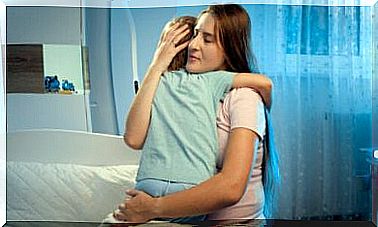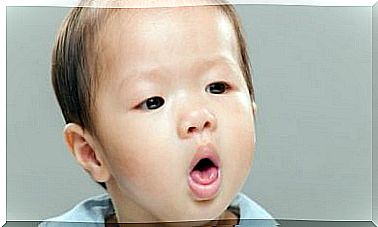Gestational Pemphigoid: What Is It And How To Treat It?
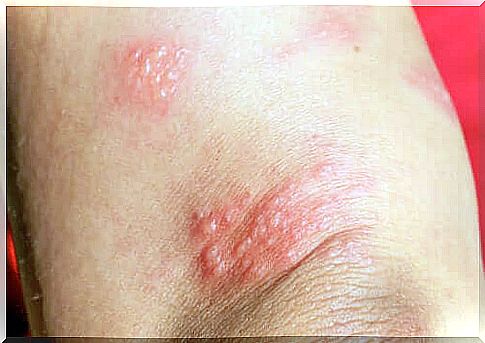
Pregnancy is generally one of the happiest times for a woman. However, it can be accompanied by pathologies typical of the gestational period, which alter the quality of life. Gestational pemphigoid is a rare, autoimmune, bullous and pregnancy-specific dermatitis. Furthermore, its clinical manifestations are similar to those of bullous pemphigoid.
Why does gestational pemphigoid develop?
This form of dermatitis often sets in during the third trimester. However, it may occur during all three trimesters or after delivery.
Skin lesions are generated by an autoimmune process in which antibodies are involved. This means that the immune system starts attacking its own skin by mistake.
Yet it resolves spontaneously, within a couple of months after delivery, except in the rare cases where it can last longer. According to some studies in the Orphanet Journal of Rare Diseases. (scientific journal on rare diseases), it is estimated that gestational pemphigoid affects one person in every 40,000-50,000 pregnant women, without any ethnic difference.
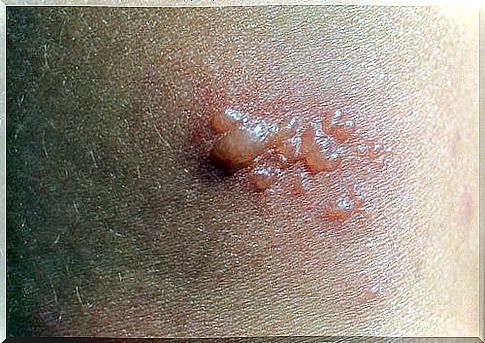
Clinical manifestations of gestational pemphigoid
Gestational pemphigoid eruption is polymorphic. Itching is the main symptom of the picture and can sometimes precede the appearance of skin lesions.
Itching begins by affecting the periumbilical region, where several red papules appear, or erythema multiforme. Within 3 weeks, the papules go from being vesicles to being tight, red, large, and fluid-filled blisters.
Lesions that initially occur locally begin to spread to the abdomen, limbs and the rest of the body. However, they usually do not affect the mucous membranes and face.
In 75% of cases, it could happen that the disease reactivates at the time of delivery. However, gestational pemphigoid lesions typically disappear 15 weeks after delivery, leaving no stains or scars.
Possible differential diagnosis
The differential diagnosis to be discarded when evaluating the lesions, during the specialist medical check-up, is another rash, called PUPPP (polymorphic itchy urticarial papules and pats of pregnancy).
PUPPP is a pruritic pregnancy dermatosis, the clinical manifestations of which are very similar to those of gestational pemphigoid. The similarities are as follows:
- Both begin to manifest in the periumbical region.
- It occurs most often in the third trimester.
- The rash disappears spontaneously a few weeks after giving birth.
There are very few characteristics that distinguish them. The PUPPP usually not developing into large blisters filled with liquid and when it spreads, so does long legs and underarms.
How is a certain diagnosis reached?
The definitive diagnosis is made in the specialist doctor’s office, based on the patient’s symptoms and signals. Based on his judgment, the results highlighted during the physical examination will indicate whether or not it is appropriate to perform a biopsy of the lesion.
This procedure takes place under local anesthesia and involves the removal of a portion of the lesion, which will then be sent to an analysis laboratory. The doctor may also opt for a blood sample, with subsequent analysis of the antigen levels in the blood.
Gestational pemphigoid treatment and monitoring
Treatment of gestational pemphigoid depends on the stage of the skin lesions and the severity of the clinical picture. Two of the prerequisites for treatment, according to Dermatologic Clinics , are the following:
- Relieve the itching of the pregnant woman.
- Prevent the formation of new bubbles.
Corticosteroids
In less severe cases, topical corticosteroid-based creams are indicated that reduce itching and inflammation of the injured area. Mild or moderate topical corticosteroids are preferable to strong or very strong corticosteroids during pregnancy.
Antihistamines
Treatments can be combined with topical corticosteroids and oral antihistamines to enhance the itch-reducing effects. Second generation antihistamines (cetirizine, levocetirizine and loratadine) are recommended during pregnancy.
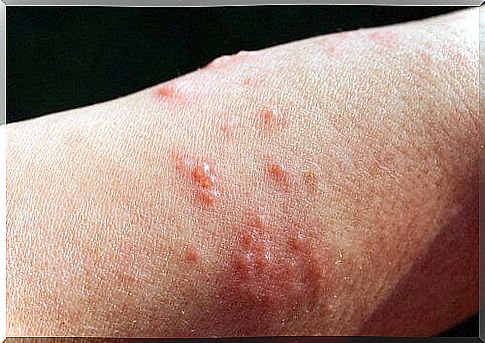
A midwife should always be consulted before taking any medications during pregnancy, including over-the-counter medications.
Hygiene and attention measures
In less severe cases, some specific measures are usually recommended to be put into practice at home and to help relieve itching:
- Keep your skin fresh and hydrated.
- Stay in a ventilated or air-conditioned environment.
- Use 100% cotton clothing and avoid synthetic fabrics.
Gestational pemphigoid and quality of life
In essence, the symptoms caused by this disease can lead to weakness in pregnancy. Yet gestational pemphigoid poses no direct health risk to the mother. Therefore, a multidisciplinary approach is required, with the collaboration between gynecologist, obstetrician and dermatologist, in order to guarantee coordinated and desirable monitoring.


